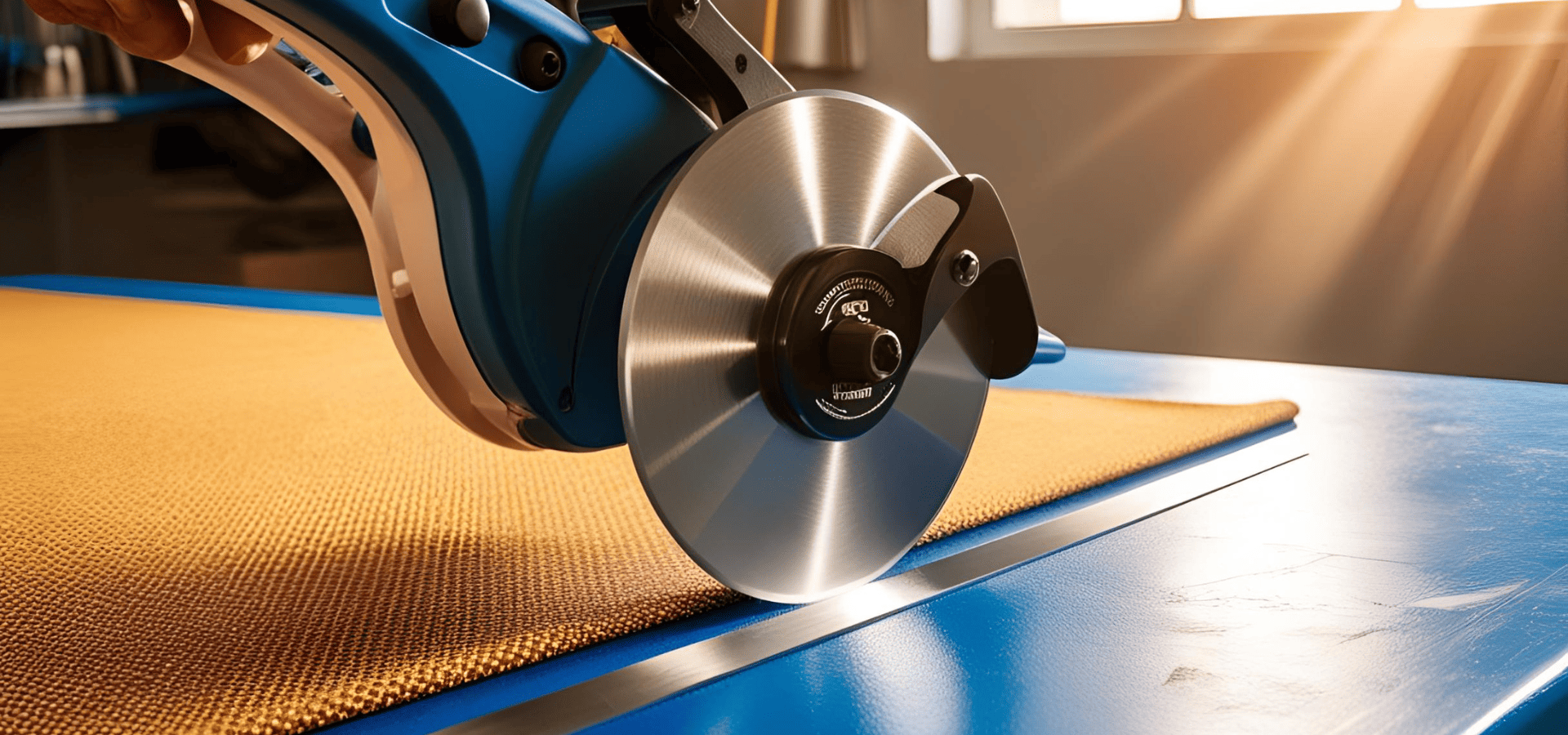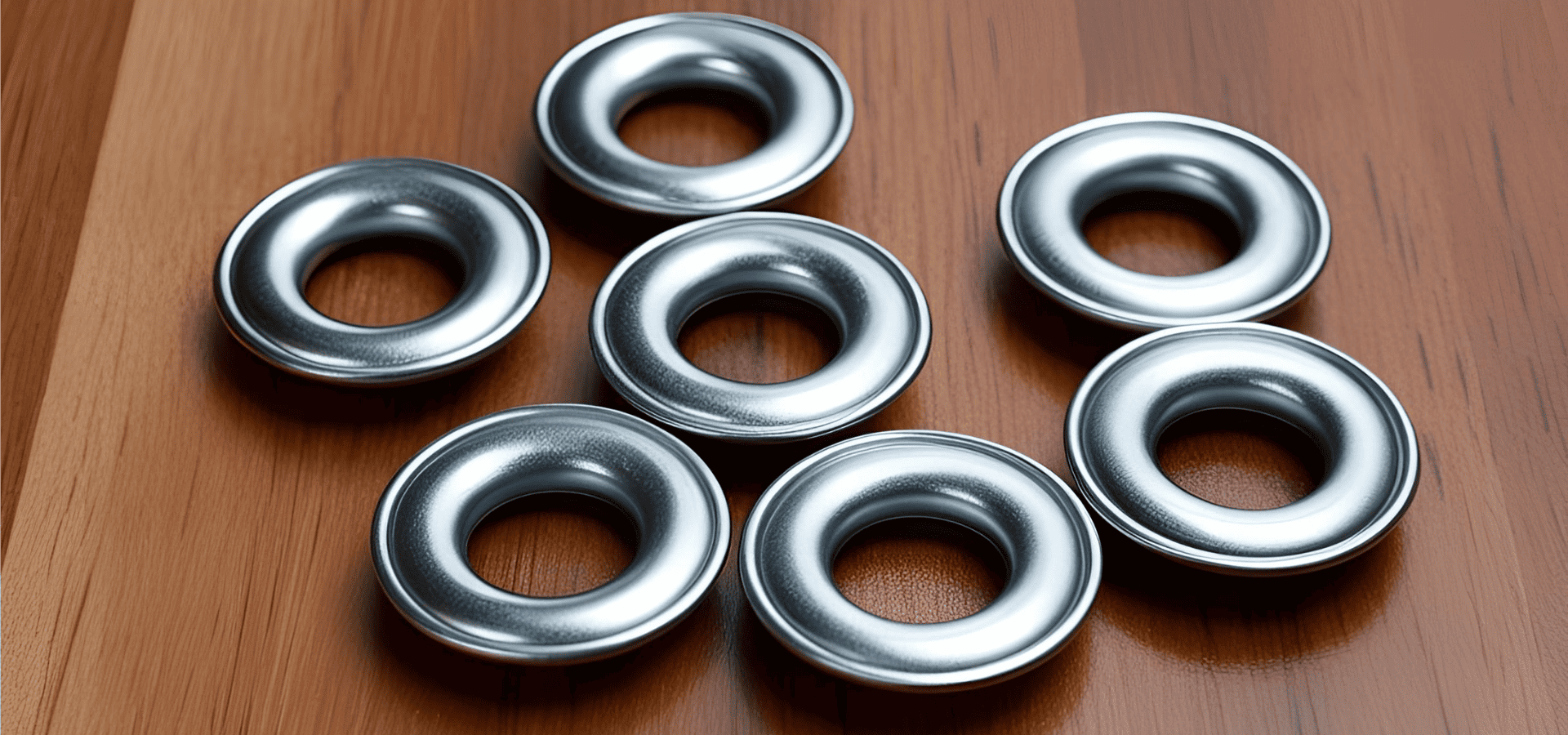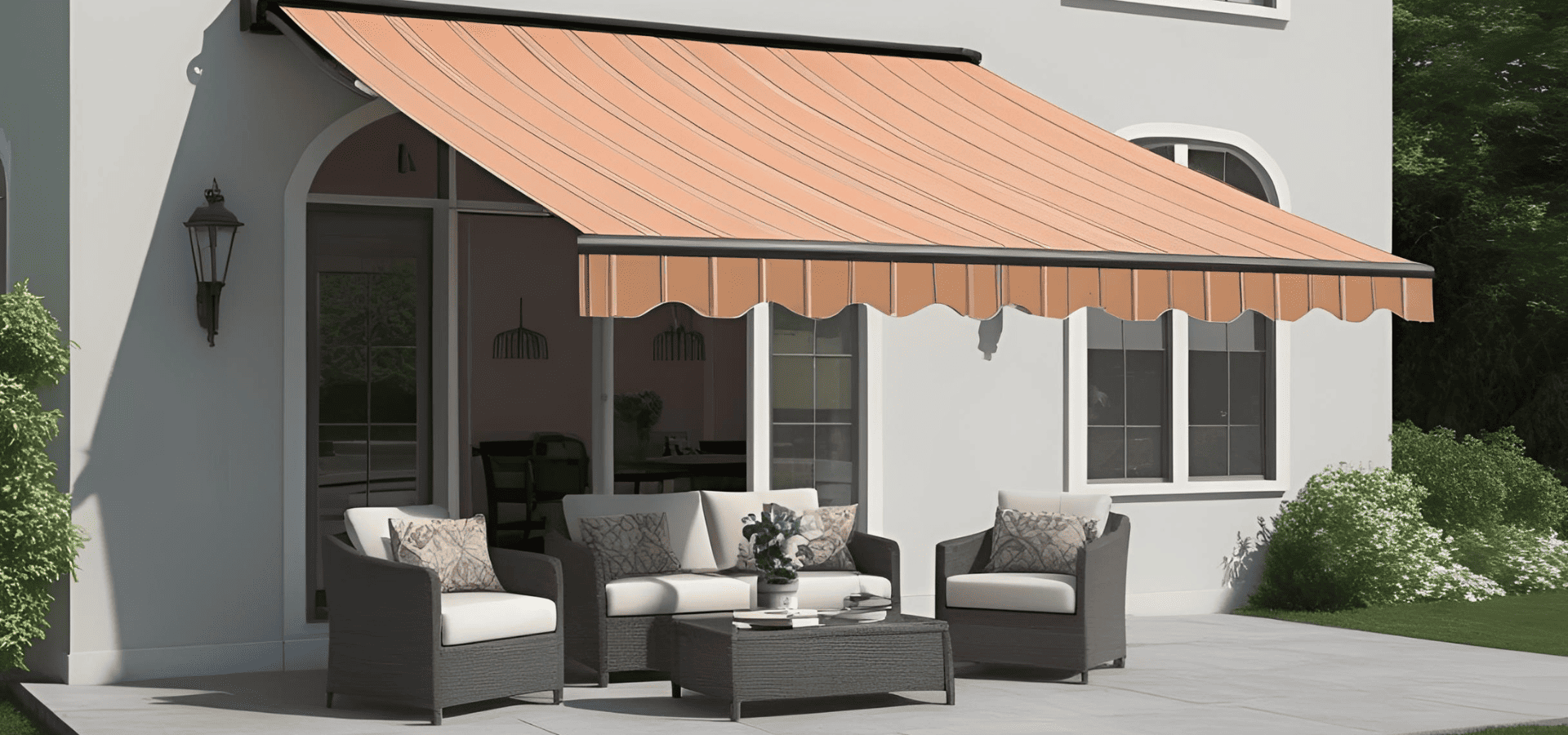Expert Guide To DIY Awnings: How To Make And Install Them
Besides not having to pay for installation and labour costs, there are actually other benefits to DIYing your awnings.
For one, when you make your own awning, you're not limited to standard designs and shapes. You can have your awning in just about any size and shape you want.
This can be very useful if you have a very particular size or shape that you want to cover a specific area.
And of course, for DIY lovers, you'll get a wonderful feeling of accomplishment and have fun building and installing your awning, all while saving yourself money.
Either way, even if you're not a huge fan of DIYing, making and installing your own awning will help familiarise you with the ins and outs of the awning and its structure.
This way, when issues arise in the future, with your keen understanding of your awning, you'll have no issue handling them.
So if you’re looking to learn exactly how to make your own awning, the measuring, the cutting, the assembling, and finally the installation, you’re in the right place.
Let’s begin.
What Types Of Awnings Can You Make?
First off, before we dive into how to make your awning, let’s clarify something first.
There are awnings that can be made, and there are those that don’t make sense to make on your own.
Most people don’t have the tools or expertise to cut metal at home. Or glass for that matter. Or aluminium composite, and pretty much any material that isn’t fabric.
To cut metal, you’d need to buy a circular saw to cut the metal, which would immediately set you back at least $200. And that’s not considering the price of the metal itself. Plus, you need to factor in some extra in case you botch the initial cutting, which isn’t uncommon for beginners.
The same goes for just about any material that’s not fabric. You need special tools and machines to cut these hard, rigid materials.
With the cost of the tool, the material, and possible botched jobs, it just makes much more sense economically to buy pre-made ones. If needed, you can always get them customised, so you won’t have to worry about them not coming in the shape or size you want.
Another
type of awning that you should be buying instead of making is retractable awnings.
Retractable awning mechanisms, whether manual or motorised, are still somewhat complex and nowhere near as simple as regular awnings, where just a frame and nails are needed.
If you try to build or make the mechanism yourself, you’d essentially be building a whole machine from scratch, which is probably more than what most DIYers are looking to take on.
In short, the only type of awning you should be making yourself is stationary fabric awnings.
Making Your Awning
Now that we’ve cleared that up, there should be no question that we’re going to be making stationary fabric awnings, and only that.
Let’s get right into it.
1. Cutting The Fabric

Even when cutting the fabric, there are certain things to keep in mind. It’s not as simple as just cutting it with a scissors. Make sure you follow these steps to cut the fabric accurately and precisely.
First, lay it on a flat surface that’s big enough to accommodate the dimensions that you’re cutting out and smoothen the fabric to ensure it’s flat with no wrinkles or folds.
This step is important. Don’t just carelessly lay it over the floor and start cutting away. Any wrinkles or folds can result in crooked or uneven cuts, as even if you’re cutting in straight lines, when the wrinkles or folds are straightened, those straight lines will likely become crooked or uneven.
Another reason to do this is that if you’re using patterned fabric, without laying it flat and being able to see the full design, you might find that the patterns might cut off awkwardly once you’re done cutting according to your dimensions.
Then, before you start cutting, add 4 inches to each side of the fabric as you’ll be doing two 2-inch folds to create stronger edges. This will ensure that your edges can withstand more stress and won’t tear when you attach attachments like grommets, clamps, and other fasteners.
Finally, when cutting your fabric, fabric can be rather thick, especially since it needs to be durable and able to withstand wear and tear. So you might have a hard time with normal scissors, even if it’s fabric scissors.
You can use a pair of sharp fabric scissors for thinner fabric, but for thicker ones, it’s best to use a rotary cutter.
You don’t want repeated cuts that can make your edges look jagged or uneven, or might even result in crooked cuts, so it’s crucial that you use a tool that can make clean and precise cuts easily.
2. Hemming & Reinforcement
Once you’ve cut out your fabric, all that’s left to do is hemming and reinforcing the necessary areas.
For the hemming, fold the edges of the fabric twice with each fold being 2 inches.
Then, secure the hems using a heavy-duty sewing machine along with UV-resistant thread. Alternatively, if you prefer not to sew, you can also use Heat’n Bond adhesive.
However, adhesive isn't as strong as sewing, so if you're expecting strong winds, it's best to stick with the sewing approach.
On top of strengthening the edges, you also need to provide additional support to areas that will face more stress, i.e. the attachment areas, which usually includes the corners.
This additional support will come in the form of reinforcement fabric patches.
Basically, you just need to cut out additional patches from your remaining fabric and sew them onto both sides of the areas that need reinforcement.
Make sure to use zigzag stitches or a box stitch, as these areas will be under more stress than others, so your stitching needs to be able to handle the stress.
3. Installing Grommets

Finally, you now need to install grommets so that you can attach rope, zip ties, hooks, or whatever is needed to secure the fabric to the frame.
You'll have to cut the hole out, then put the grommet into the fabric edges. As you can imagine, it won't be easy to cut a hole well with just normal scissors or even cutting tools.
Instead, you're going to need a grommet hole puncher to punch the holes in your fabric.
Make sure that you space your grommets roughly 12-18 inches apart and to choose a distance that will allow you to space all your grommets apart the same distance.
This will ensure that tension will be distributed evenly throughout the edges.
Then, once you've got all the holes, all that's left to do is insert the grommet. You do this by just putting the front piece in first, then putting the back washer in.
This will sandwich the fabric between the two pieces.
After this step, to ensure the back and front pieces are tightly clamped together, you need to set it down onto the grommet anvil.
From here, position the grommet setter on top of on to of the grommet and give it a few taps with a hammer.
With that, your fabric awning is completed.
Making The Frame
With your awning created, now it's time to make the last piece of the puzzle–the frame that you'll be attaching your awning to.
For this, there are two main materials that DIYers use–PVC and aluminium.
PVC is the most affordable while aluminium is a mid-range but stronger option.
PVC Frames
You'll need 4 PVC pipes for this. 2 the width of your awning, and another 2 for the length that it extends out.
To cut PVC pipes, you should be using PVC pipe cutters for thinner pipes and mitre saws for larger pipes.
From here, connect them using PVC elbows and tees and secure them using PVC cement.
Aluminium Frames
For aluminium tubing and channels, you'd cut out the same dimensions as for your PVC frames using a circular saw or some other tool that's capable of cutting aluminium.
Then, connect them using aluminium corner brackets and secure them with rivets or machine screws.
If your awning is wider than 6 feet, it's a good idea to install cross-bracing for the frames supporting the awning, not the ones attached to the supporting structure.
Attaching Your Awning To The Frame

With both your awning and the frame ready, it's time to assemble them.
For PVC Frames
For PVC frames, start by using PVC snap clamps to clip the fabric to the PVC pipe frame.
PVC snap clamps on their own aren't super strong though. They're able to hold the fabric in place, but might not hold up in strong winds or storms.
That's why you'll also need a second layer of support, and that's where your grommets come in.
Thread rope or bungee cord through your grommets and tie them around the frame to reduce the stress on your snap clamps.
Your snap clamps and rope or bungee cord will support and reduce the stress on each other, creating a strong attachment system that won’t buckle under strong winds and storms.
For Aluminium Frames
Next, for aluminium frames, you can actually do the same as you would with PVC frames and just use rope and clamps.
But if you want a nicer, cleaner looking setup, you can use fabric track systems designed for awnings.
Another solution is to use snap or turn buttons along the frame, but that’s going to take even more work because you need to install each button carefully and make sure they all align.
They are the most secure though, so if you’re willing to spend the extra time and effort, they can be worth it to guarantee your awning can withstand intense weather.
That’s not going to be too common in Singapore though, so you’ll likely be fine with one of the easier two options.
Installing The Final Product
With your awning now attached to your frame, all that’s left to do is mount the frame and your awning will be good to go.
This part is actually quite straightforward. For PVC frames, you’ll be using conduit brackets, while for metal, it’ll be metal mounting brackets.
Slide your frame into place, and then secure it to the brackets using screws, bolts, or clamps, depending on your bracket type.
Before that though, remember to prepare the surface beforehand.
For masonry surfaces, i.e. brick, concrete, and stone:
- Drill pilot holes using a masonry bit of the right size for your anchors that will hold your brackets
- Make sure to clear the holes of any dust and debris before you insert the anchors
- Use expansion bolts or sleeve anchors specially designed for masonry applications
For all other non-masonry surfaces:
- Use stud finders to find wall studs to ensure that you’re drilling into solid backing
- Drill pilot holes that are a little smaller than the size of your screws
- Use corrosion-resistant wood screws like stainless steel that are at least 2–3 inches long to anchor your brackets directly and securely into the studs. No need for additional anchors, you’ll be using the screws to secure the brackets directly.
Conclusion
This article should have given you a good idea of how to make and install your own awning. Throughout the process, and especially when power tools and sharp objects are involved, make sure to wear your protective gear.
These include eye goggles when using power tools to cut materials, safety gloves, and a dust mask if you’re cutting materials like wood that can release lots of particles.
Be careful when lifting heavy items too and make sure to keep your back straight.
Good luck!


